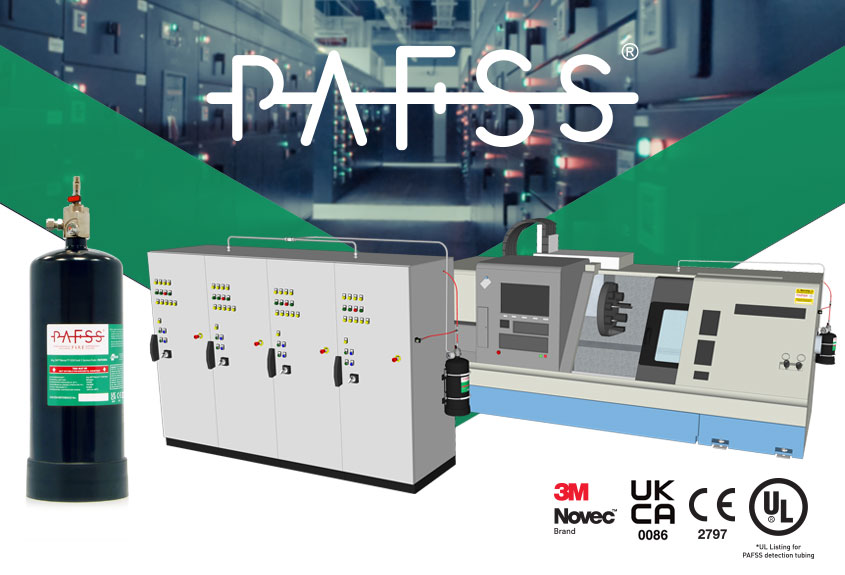
New PAFSS Indirect fire suppression systems for cabinet and enclosure fire protection
Protect large enclosures above 2M³ with a PAFSS Indirect Low Pressure (ILP) automatic fire suppression system
Enclosures can be found, often in multiple numbers, in more or less every workplace, factory, warehouse or general commercial site. These enclosures, including those for electrical equipment, distribution, control, communication, servers and CNC machines can be subject to increased risk of fire.
Fires in such enclosures can be difficult to identify, often until it is too late to take action, especially in well-sealed enclosures where there would be limited escape of combustion products or heat.
Jactone PAFSS Indirect Low Pressure (ILP) fixed fire suppression systems provide protection inside the enclosure and discharge at the heart of the fire, suppressing quickly and preventing the fire from spreading to neighbouring enclosures, equipment and the wider building. This can significantly reduce the risk of injury to personnel and losses caused by equipment downtime and operational disruption.
PAFSS ILP systems are automatic pre-engineered fire suppression systems that use much of the same technology and performance characteristics as our certified Direct Low Pressure (DLP) fire suppression systems that comply with LPCB standard LPS 1666. A DLP system is ideal for smaller enclosures less than 2m³ in volume.
What do PAFSS ILP systems protect and how do they work
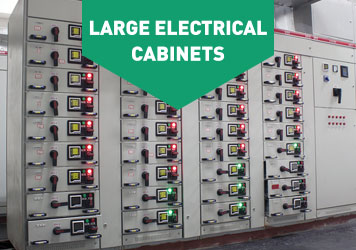
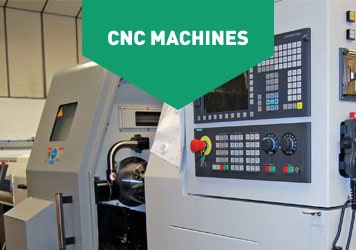
PAFSS fire suppression systems are self-activating and require no external power for detection or operation making them ideal for unmanned or unsupervised applications. PAFSS ILP systems protect large enclosures above 2m³ and up to 12m³ in volume, making them ideal for the protection of large electrical cabinets and CNC machines.
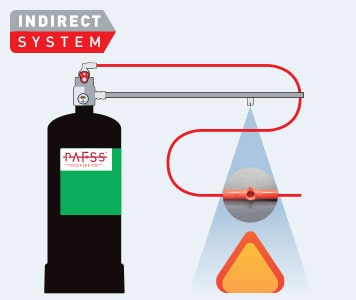
At the heart of any PAFSS system is the special detection tubing which acts as a linear heat and flame detector. PAFSS detection tubing is completely flexible and is installed throughout the risk areas of the enclosure, providing fast and effective detection.
When the pressurised system detection tubing is exposed to flame or high ambient temperature, it ruptures with a burst at the hottest point and the drop in pressure activates the cylinder valve. The extinguishing agent is then discharged from the connected cylinder through separate pipework and nozzles which are fitted inside the enclosure.
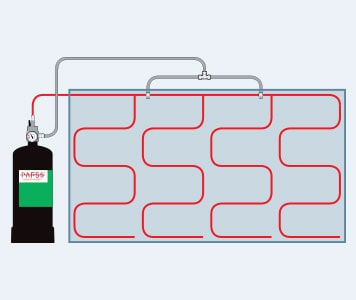
The discharge of the extinguishant is inside the enclosure and therefore right at the heart of the problem, meaning there is a much greater probability that the fire will be extinguished. The early detection and system discharge means the fire is suppressed at an earlier stage in its development. This minimises equipment damage and generation of combustion by-products.
PAFSS systems are able to prevent migration of the fire between cabinets. As electrical enclosures are often situated adjacent to each other and in multiples, this prevention of fire spread is absolutely critical.
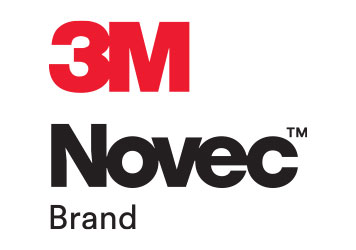
PAFSS fixed fire suppression systems utilise the clean agent extinguishant 3M™ Novec™ 1230 Fire Protection Fluid.
3M Novec 1230 fluid is waterless and discharged as a gas, making it ideal to extinguish fires in spaces where electronics or irreplaceable, mission critical assets are stored or where continuity of operations is crucial.
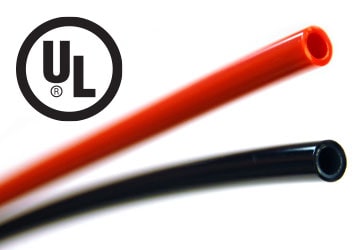
The special detection tubing used in all PAFSS fire suppression systems is UL Listed.
The UL Listing qualifies all Jactone PAFSS detection tube as a ‘Heat-automatic Fire Detectors – Component’, after comprehensive testing in accordance with ANSI / UL 521 – ‘Heat Detectors for Fire Protective Signaling Systems’.
For further information on PAFSS ILP systems call us on +44 (0)1902 357777 or email pafss@jactone.com
On guard 24 hours a day, 365 days a year


